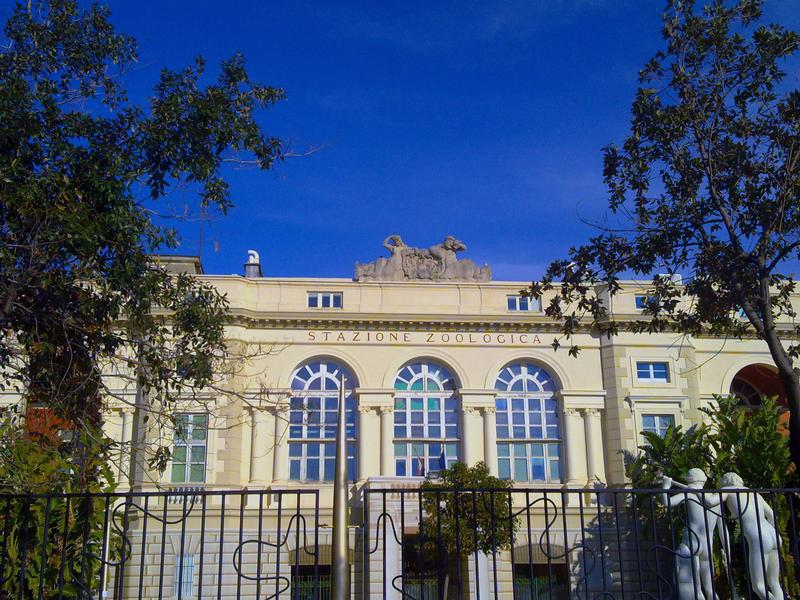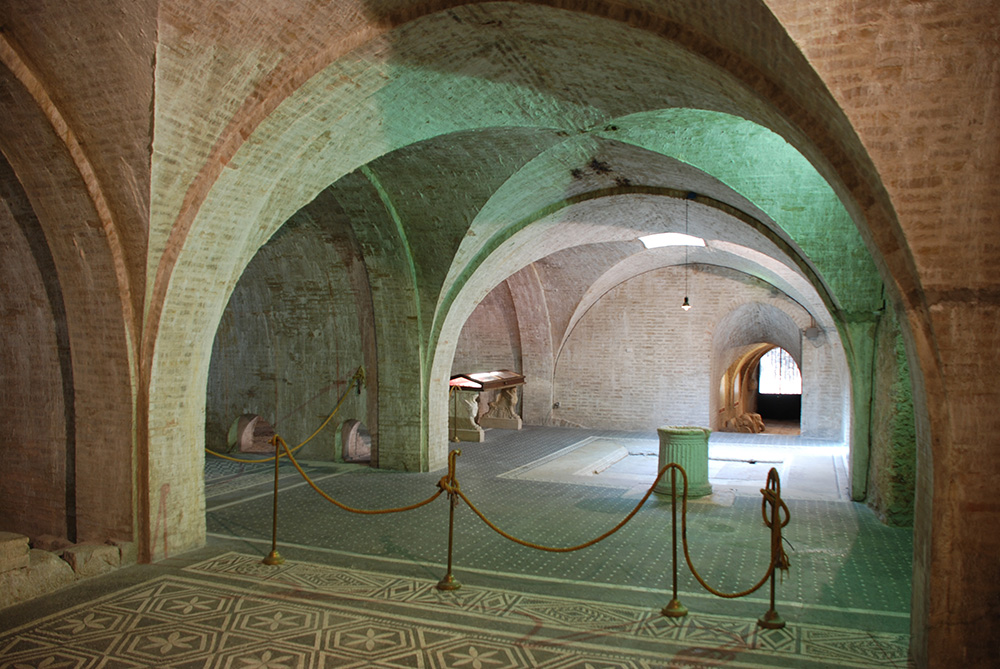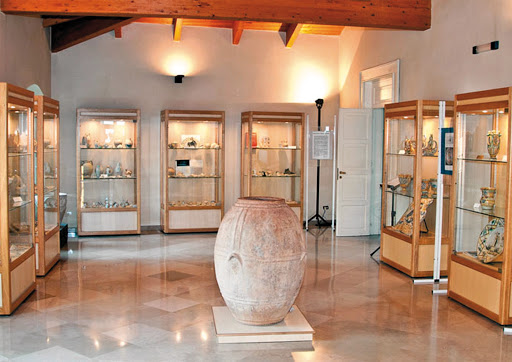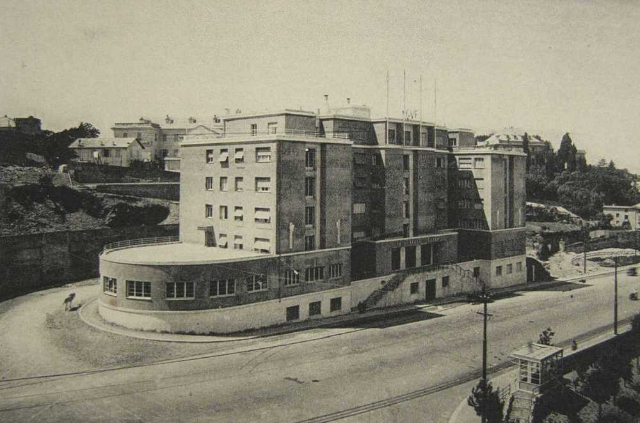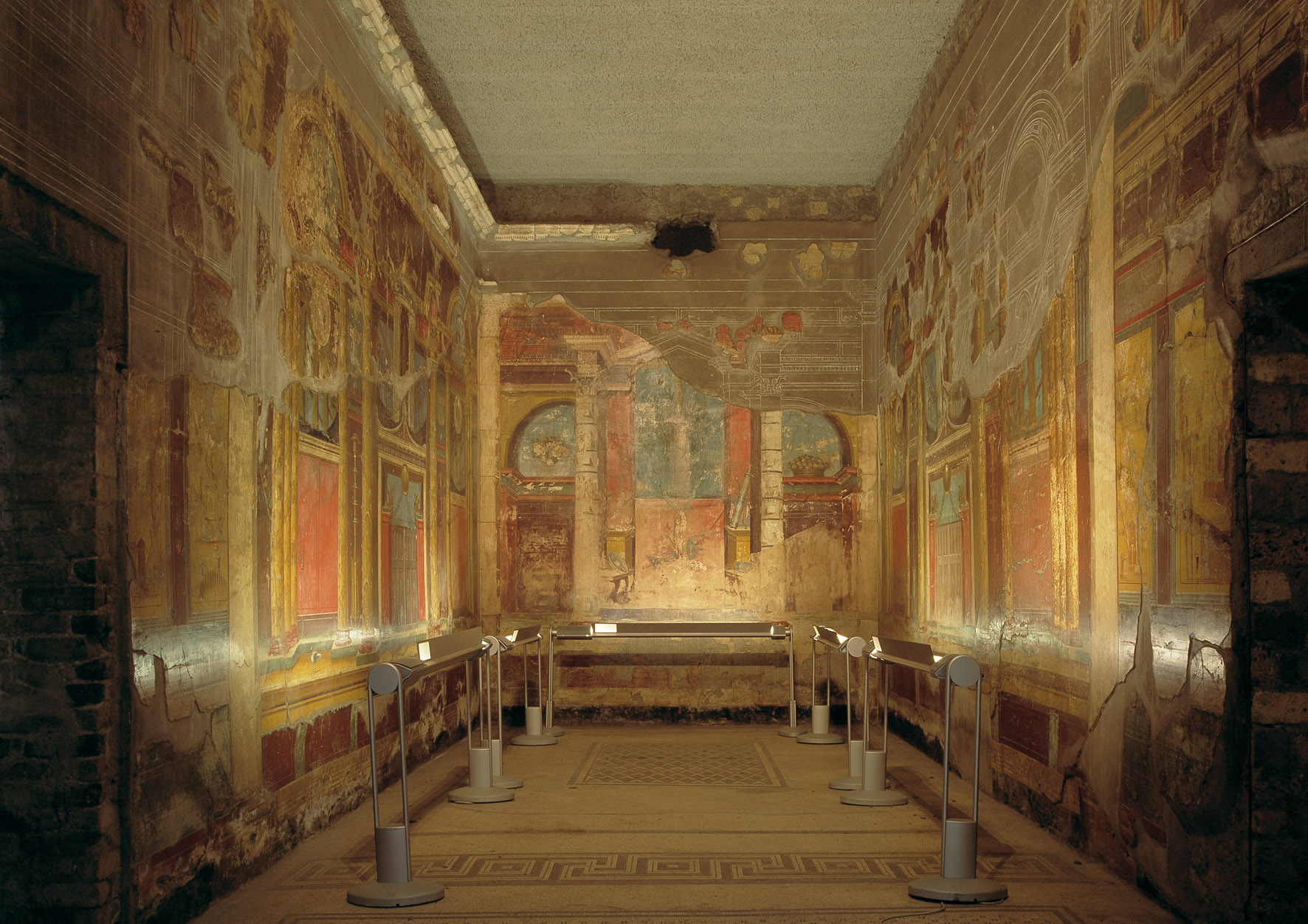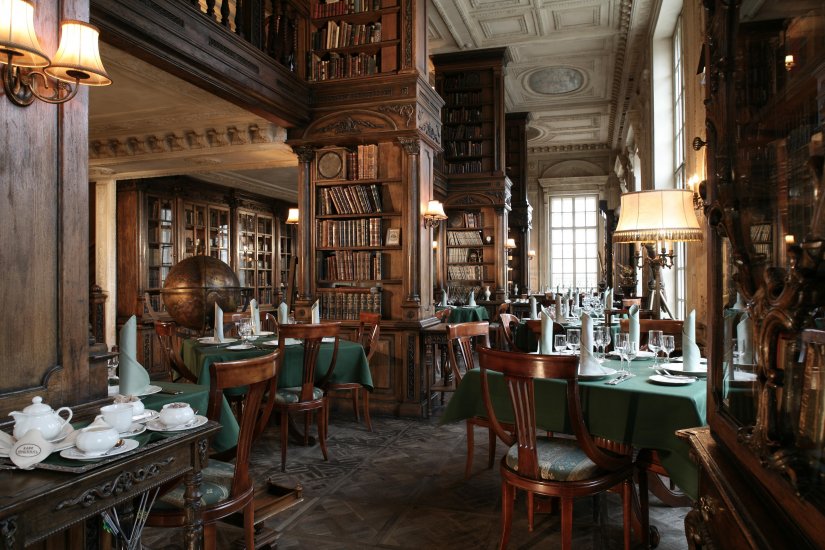The founding of the Zoological Station is dated March 1872. Anton Dohrn, the founder and first director, was born in Szczecin, Pomerania, now part of Poland, in 1840, to a middle-class family. Dohrn studied zoology and medicine at various German universities, but without much enthusiasm. His ideals changed in the summer of 1862 when he came to Jena and met Ernst Haeckel there, who introduced him to the works and theories of Charles Darwin. Dohrn became a fervent defender of Darwin’s theory of "descent with modification," the theory of evolution by natural selection. He then decided to devote his life to collecting facts and ideas in support of Darwinism, and this became the starting point of a lifelong adventure. During his university career he spent periods of research on the seashore: in Helgoland, Hamburg, Millport in Scotland and Messina. Here the plan took shape to cover the globe with a network of biological research stations, analogous to railway stations, where scientists would be able to stop, collect material, carry out observations and experiments, before moving on to the next station.
Confronted with many difficulties, Dohrn began to fantasize about the possibility of marine biologists arriving at the sea and finding a ready-made work table, with a laboratory, facilities, chemicals, journals and books, and the information of where and when certain species could be found, along with useful information about local conditions of the sea, the seabed, and the coastline. Dohrn, after attempting his project in Messina, decided that Naples would be the ideal place for his Station. The choice of this city was due to the great biological richness of the Mediterranean Sea and also to the possibility of developing a research institute of great international importance in a city that was itself internationally oriented and large. After a visit to the Berlin Aquarium, which had just been opened, he had thought that a public aquarium could earn enough to pay for a permanent assistant for the laboratories. Naples, with its population of 500,000 was one of Europe’s largest and most attractive cities, with a large influx of tourists (30,000 per year), potential visitors to the aquarium.
Putting together imagination, willpower, diplomatic skill and a good dose of luck, thanks to the friendly support of scientists, artists and musicians, Anton Dohrn overcame doubts, ignorance and misunderstandings and succeeded in persuading the municipal authorities to give him, free of charge, a piece of land on the seashore, in the beautiful Villa Comunale, then the Royal Park. For his part, he promised to build the Zoological Station at his own expense. Dohrn knew exactly what he wanted and how, and prepared the plans for the construction himself. The foundations were laid in March 1872, and by September 1873 the building was finished. After the first building, currently the central part, a second building, connected to the first by a bridge, was added in 1885-1888, while the courtyard and the western part were built in 1905. Only fifty years later, the library would be inserted between the first and second buildings.
The public aquarium, covering an area of 527 square meters, was opened on January 26, 1874, and remains unique to this day in that it has changed very little since its creation; it is the oldest 19th-century aquarium still in operation and the only one exclusively devoted to the fauna and flora of the Mediterranean. It was built under the supervision of William Alford Lloyd, an English engineer who had contributed to the design of the public aquariums in Hamburg and London.
The official opening of the Zoological Station took place on April 14, 1875.
According to recent studies in the sociology of organization, the Zoological Station anticipated in the midst of the industrial era a post-industrial model of scientific research planning, which favored typically current issues such as interdisciplinarity, managerial capacity for self-financing (through the aquarium and the sale of marine animals to other research institutes, etc.), and the promotion of cooperation and collaboration of all people involved in research (collaborators, technicians, fishermen and orderlies). As many as 19 Nobel laureates have actively worked in its laboratories, giving significant impetus to the development of biological sciences.
